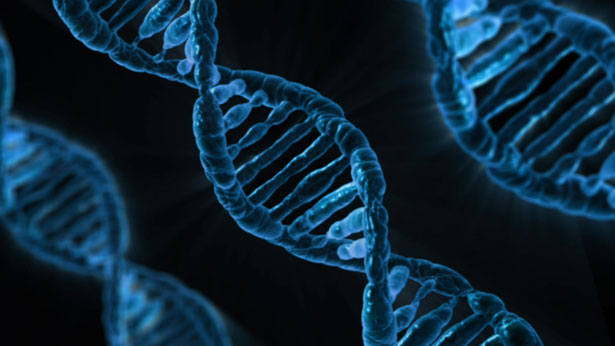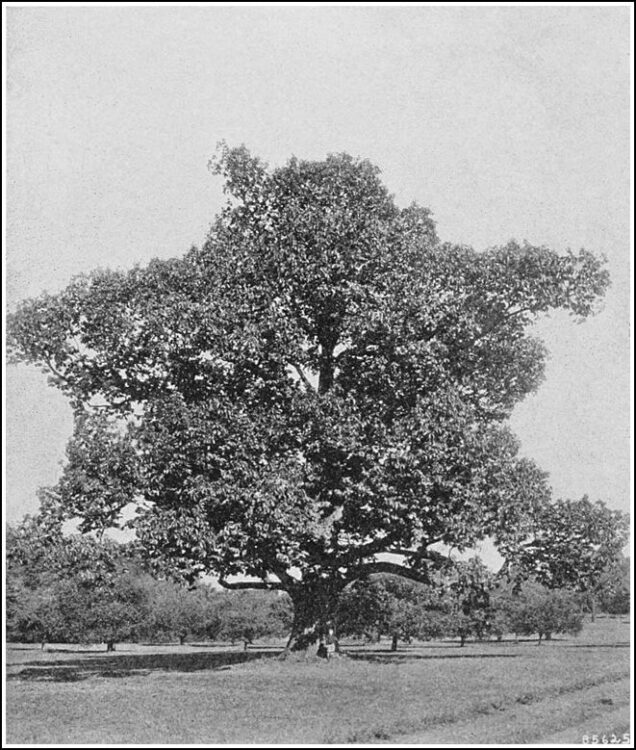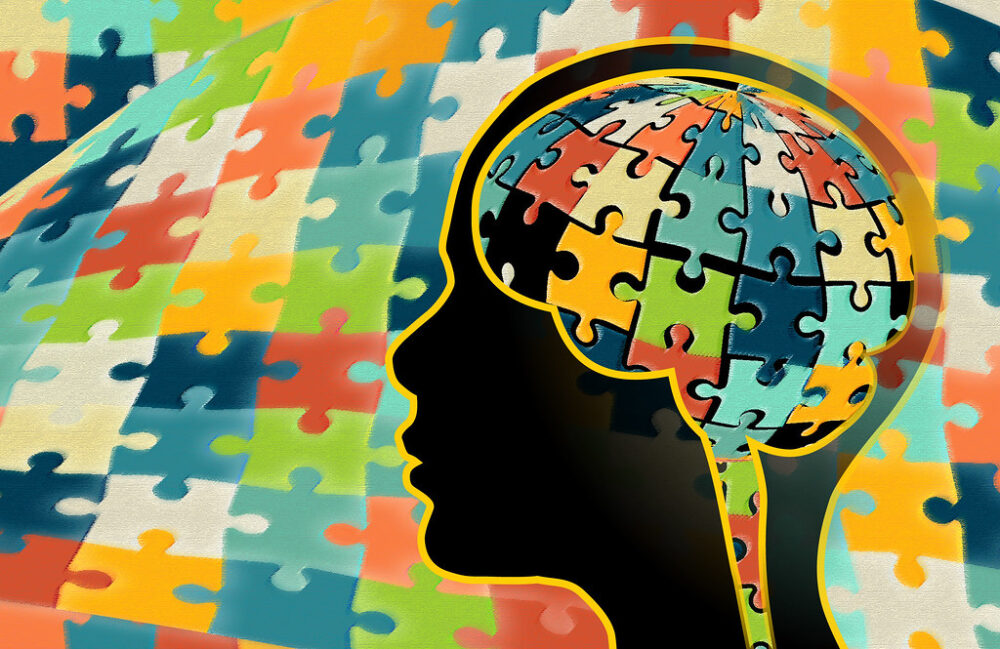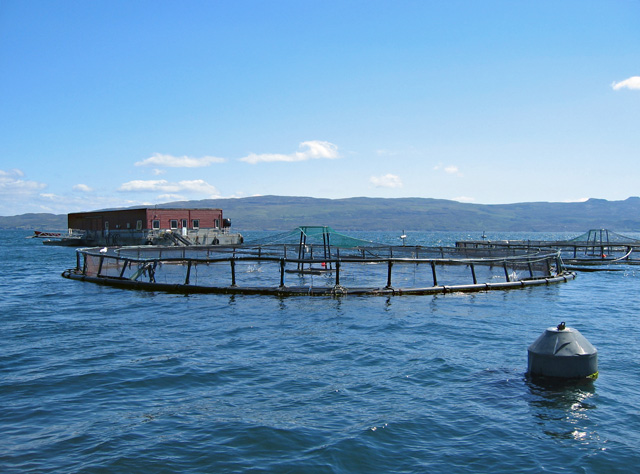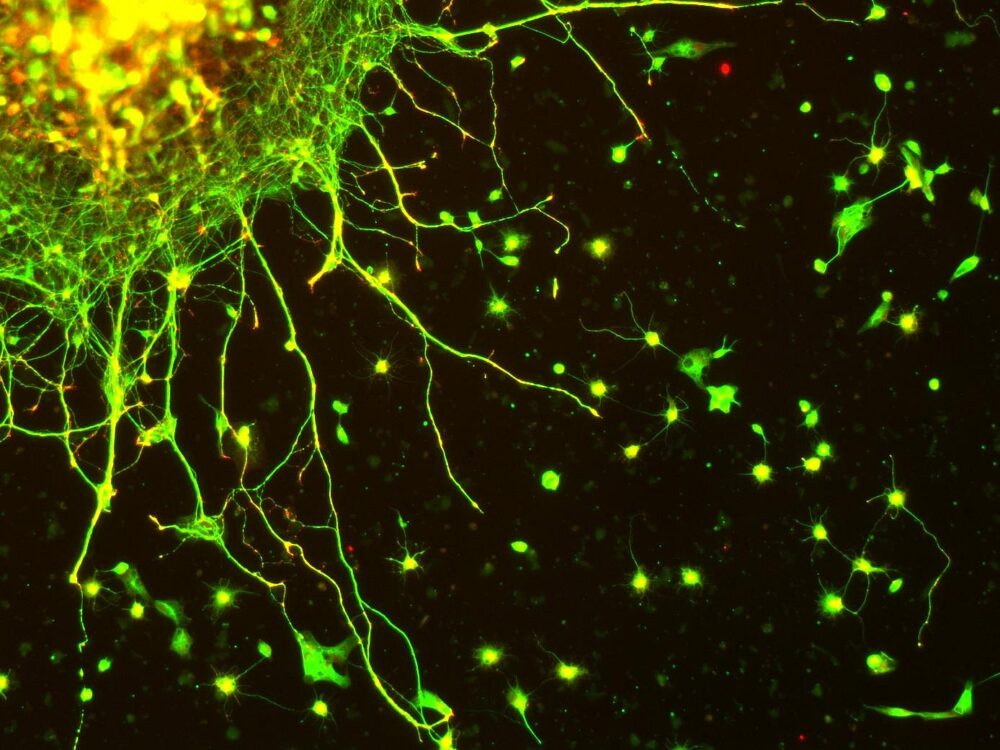Don’t mess with biochemistry: Why some people are trading medication for dietary supplements
Conventional medicine, or Western medicine, describes a system where healthcare professionals trained in the sciences treat symptoms and diseases with medication or surgery. While conventional medicine is widely accepted, it is not the only healthcare system available. Complementary and alternative medicine (CAM) is defined by the National Center for Complementary and Integrative Health (NCCIH) as […]

